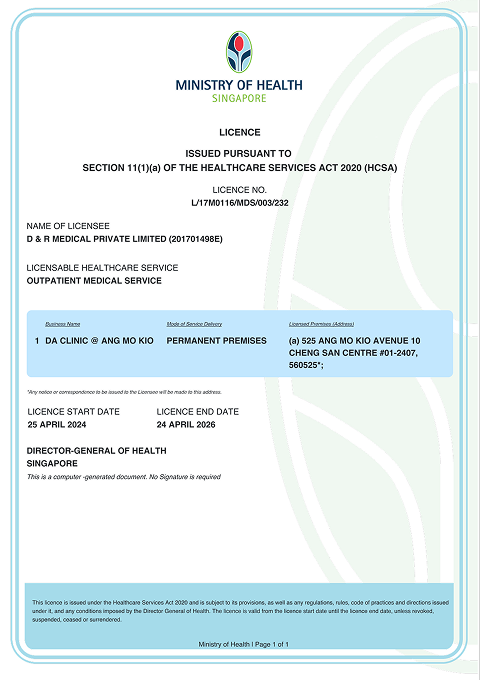Urinary tract infections (UTIs) and vaginal infections are two common health issues women may face. Because the symptoms can sometimes overlap, it can be tricky to tell what’s going on. This article will help you understand the difference, what to look for, and how to get the right care.
What’s the Difference?
- Urinary Tract Infections (UTIs): These infections occur in your urinary tract, which includes your urethra, bladder, and sometimes the kidneys.
- Vaginal Infections: These infections happen in your vagina, caused by an imbalance of the natural bacteria or from a specific type of germ or microbe.
Symptoms: What to Watch For
Here’s a breakdown of the symptoms you might experience, and which condition they most commonly point towards:
| Symptom | Likely UTI | Likely Vaginal Infection |
| Burning during urination | Yes | Sometimes |
| Frequent urge to urinate | Yes | Sometimes |
| Pain in the lower abdomen | Sometimes | Yes |
| Cloudy or strong-smelling urine | Yes | No |
| Blood in the urine | Sometimes | No |
| Vaginal itching | No | Yes |
| Vaginal discharge | No | Yes |
| Painful sexual intercourse | No | Sometimes |
While some symptoms, like burning or abdominal pain, can overlap, the pattern of symptoms usually helps distinguish between a UTI and a vaginal infection. Vaginal itching or discharge often indicates a vaginal infection, while cloudy or strong-smelling urine suggests a UTI.
Is a Vaginal Infection the Same as a Yeast Infection?
Not all vaginal infections are yeast infections, but yeast infections are a type of vaginal infection. Yeast infections, also known as candidiasis, are caused by an overgrowth of the Candida fungus.
Causes: What’s Behind the Problems?
- UTIs: Typically caused by bacteria (most commonly E. coli) that enters the urethra and travels up into the urinary tract.
- Vaginal Infections:
- Yeast Infections: Overgrowth of Candida fungi. This can happen due to factors like antibiotic use (which kills off good bacteria), pregnancy, uncontrolled diabetes, or a weakened immune system.
- Bacterial Vaginosis (BV): An imbalance of the bacteria naturally found in the vagina. It occurs when there’s too much of certain bacteria.
- Trichomoniasis (Trich): A sexually transmitted infection (STI) caused by a parasite.
Diagnosis: How Do You Know for Sure?
- UTIs: Often diagnosed through a urine test (urinalysis) to check for bacteria, white blood cells, and other signs of infection. Your doctor may also send a urine sample for a culture to identify the specific bacteria and determine the best antibiotic.
- Vaginal Infections: Your doctor will assess your symptoms and, if needed, may collect a sample to analyse.
Treatment Options: Self-Care and Beyond
The approach to treating UTIs and vaginal infections varies depending on the type and severity.
Urinary Tract Infections (UTIs)
For mild UTI symptoms, especially while awaiting a doctor’s appointment, you can try self-care measures like drinking plenty of water to flush out bacteria. Avoid bladder irritants like caffeine, alcohol, and sugary drinks. A heating pad on your lower abdomen and OTC pain relievers (ibuprofen or acetaminophen) can also provide comfort. However, UTIs usually require antibiotics to fully resolve. Your doctor will prescribe the appropriate antibiotic based on your urine culture results. It’s crucial to complete the entire course of antibiotics, even if you start feeling better, to prevent the infection from returning.
Vaginal Infections
Treatment for vaginal infections depends on the specific type of infection:
- Yeast Infections: Mild yeast infections can often be treated with over-the-counter (OTC) antifungal creams, suppositories, or oral medications, such as fluconazole. Follow the product instructions carefully. For more severe or recurring infections, your doctor may prescribe a stronger antifungal medication.
- Bacterial Vaginosis (BV): Requires antibiotic treatment, typically in oral or vaginal form, prescribed by your doctor.
- Trichomoniasis (Trich): This STI is treated with antibiotics, usually metronidazole or tinidazole. It’s important that both you and your sexual partner(s) receive treatment, even if they don’t have symptoms.
When to See a Doctor
You should see a doctor if you experience:
- Fever, chills, or back pain (possible signs of a kidney infection, a more serious UTI complication).
- Severe abdominal or pelvic pain.
- Blood in your urine.
- Symptoms that don’t improve after a few days of self-care.
- Recurrent UTIs or vaginal infections (more than a few times a year).
- If you are pregnant.
Teleconsults: A Convenient Option
Teleconsultations can be a convenient way to seek care for UTIs and vaginal infections, especially when time is of the essence. Here’s a look at how teleconsults can be beneficial and when you should head to a clinic to see a doctor:
- UTIs: If you have a history of UTIs and recognise the familiar symptoms (burning, frequent urination), a teleconsult can often be used to get a prescription for antibiotics quickly, especially if you have a history of UTI’s. Your doctor may still recommend having a urine sample tested.
- Vaginal Yeast Infections: If you experience recurring yeast infections with familiar symptoms, a teleconsult can be very helpful for obtaining treatment.
Teleconsults can save you time, reduce travel, and provide access to care quickly, especially if you are already familiar with the signs of your condition.
However, it is very important to recognise the limitations:
- First-Time Symptoms or Uncertainty: If this is your first experience with UTI symptoms or if your symptoms are unusual, it’s usually best to see a doctor in person for a proper diagnosis.
- Concerning Symptoms: If you have fever, back pain, blood in your urine, or severe abdominal pain, an in-person visit is always recommended.
- BV and Trichomoniasis: A physical exam and lab tests are usually necessary for a diagnosis of BV or Trich. A teleconsult is unlikely to be sufficient.
- Non-Responsive Infections: If your symptoms do not improve with OTC medications or previously prescribed treatments, your doctor may recommend an in-person visit.
Important Reminders
- Always finish your antibiotics: Even if you feel better, stopping your antibiotics early can lead to the infection returning and potentially becoming more resistant to treatment.
- Inform your doctor about any previous infections: This helps them with the best treatment options.
- If you’re sexually active, get tested: If you have BV or Trich, your partner might need treatment.
- Prevention is key: Following the prevention tips can significantly reduce your risk of getting these infections in the first place.
- Be prepared: Reach out for a doctor’s consultation if you need it.
Key Takeaways:
- UTIs and vaginal infections have overlapping symptoms, so it’s important to get the correct diagnosis.
- Yeast infections are a type of vaginal infection.
- See a doctor for severe symptoms, recurrent infections, or if you are pregnant.
- Teleconsults offer convenient access to care for some UTIs and recurring yeast infections.
- Prevention is possible, so prioritise good hygiene and healthy habits.
Disclaimer: This article provides general information only and is not a substitute for medical advice. Always consult with your doctor for diagnosis and treatment.







